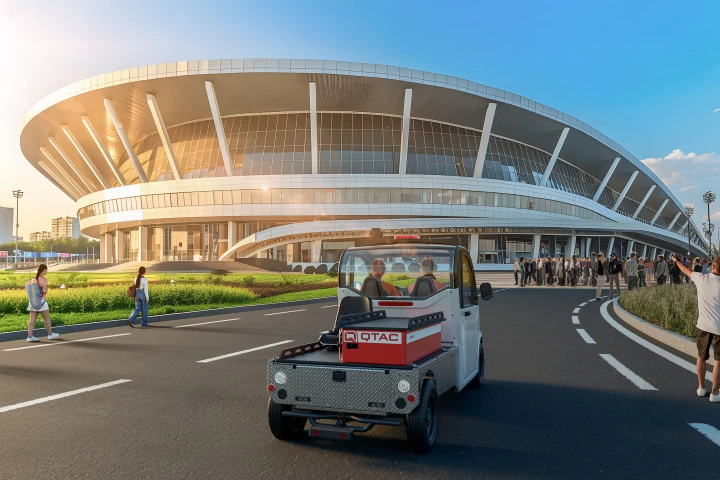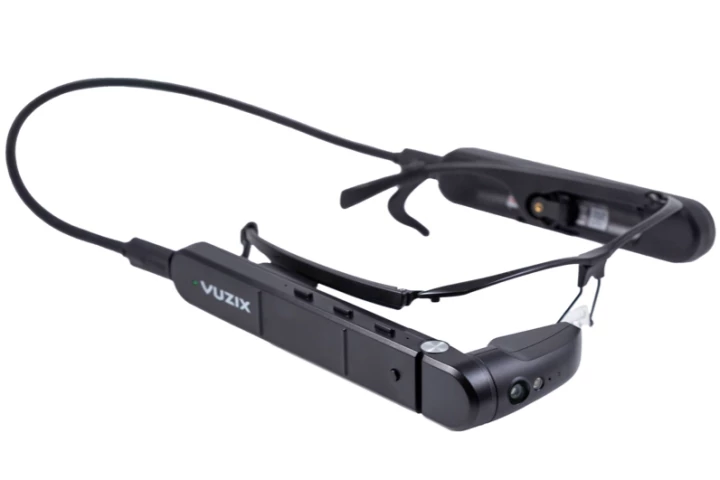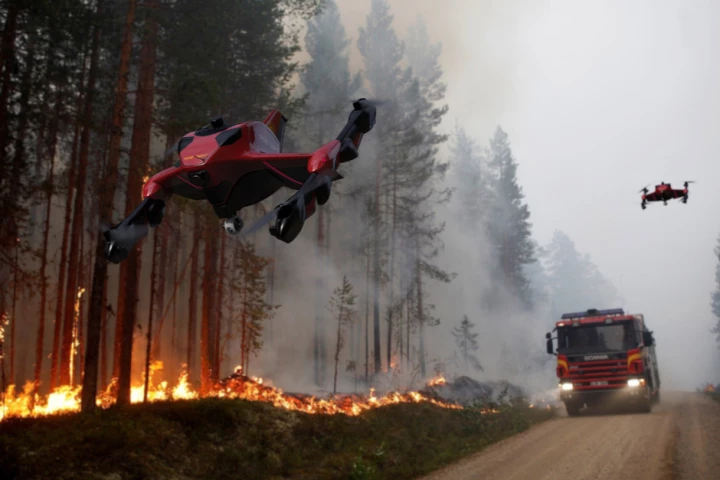Ambulance
-
Electric microcars offer a clean and quiet way to zip around city streets. The latest model from GEM is certainly clean, but not so quiet thanks to a 124-dB siren. This is part of a compact low-speed ambulance designed for localized emergency response.
-
An ambulance service in Sri Lanka has equipped its EMTs with a mixed-reality headset to help deliver emergency care with the help of a live-feed doctor in the crucial moments before a patient is admitted to hospital.
-
The 2023 James Dyson Award global winners have been announced. The prizes have gone to three different student teams, each of which offers novel solutions to modern issues including global warming and providing care in war and disaster zones.
-
Three years ago, California-based Jump Aero announced its plan to bring first responders to emergency sites via eVTOL aircraft. The company has now unveiled the design and specs of the vehicle, and already has a buyer lined up.
-
There are many potential uses for augmented reality (AR) glasses, such as real-time captioning for the deaf, training military pilots, and providing runners with virtual partners. Now, they may also help Japanese emergency medical technicians (EMTs) save lives.
-
Last-mile mobile medical care provider DocGo has partnered with Lightning eMotors and Leader Emergency Vehicles to add an all-electric ambulance to its fleet in New York, kickstarting a green initiative that will see all of its vehicles go electric.
-
Back in February, ULEMCo and industry partners announced plans to design an electric rapid response ambulance powered by batteries and hydrogen fuel cells. Now, the working prototype has driven into Glasgow for display at the COP26 climate summit.
-
Hydrogen commercial vehicle conversion company ULEMCo and industry partners have agreed the design of a new fuel cell rapid response ambulance prototype that's destined to hit the streets of London later this year.
-
New York-based medical transport non-profit Hatzolah Air has placed a preorder for four of Urban Aeronautics' CityHawk VTOL aircraft for emergency medical service (EMS) applications within urban environments.
-
Because bikes can skirt around traffic jams – and park just about anywhere – they're often faster than cars on congested city streets. That's why bicycle couriers exist, and it's also why the Emergency Bikes ebike ambulance was created.
-
If there's one thing that all types of first responders have in common, it's the fact that they put a premium on speed. The Recruit quadcopter was created for such users, as it can reportedly fly at 140 mph and has a claimed 3-hour flight time.
-
Although "air ambulance" helicopters are life-savers, they typically can't land in the middle of crowded city streets. The CityHawk aircraft conceivably could, though, which is why it's now being developed with emergency medical response in mind.
Load More











